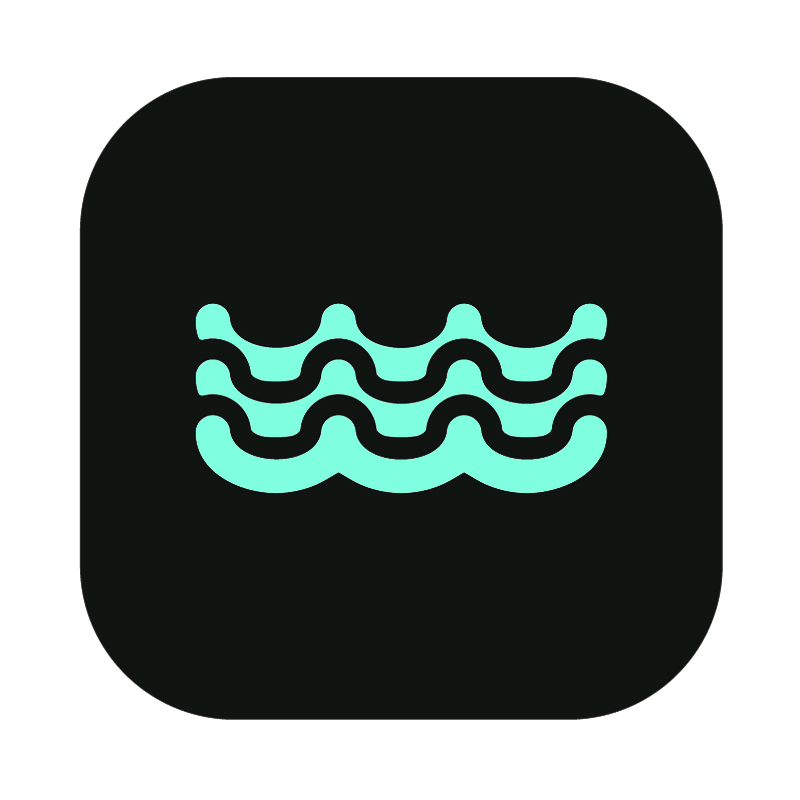Open Water Safety

 As the weather improves, and [fingers crossed] COVID restrictions begin to relax, it’s time for a reminder…
As the weather improves, and [fingers crossed] COVID restrictions begin to relax, it’s time for a reminder…
As a self-proclaimed ‘Fish’, I still never underestimate the power of the open water. Nature doesn’t discriminate against ability, age or experience but you can always do your best to avoid risk. Being slammed into the sand by dumping waves somewhere like Mooloolaba in Queensland, does wonders to keep you humble every time you prepare to enter the ocean. As a child, being forced halfway up a Portuguese beach while playing in huge waves created by an offshore African storm was the first time I felt the sheer power of the open water… that is, other than the English Channel near my parental home where I would spend hours playing.
Apart from the obvious worst case scenario of getting into difficulty in the open water, a terrible experience can affect your confidence forever and thence ruin a career in triathlon. I will soon be discussing how to warm up suitably for a triathlon race in a separate post, but I will touch on part of the topic here: being in the water is a completely sensory experience, be it with other competitors in a race situation, training in the pool, or open water practice with other athletes without the pressure of racing. It’s a perfect example of using repetition to increase confidence… if you haven’t spent much time in the open water – let alone with a hundred other people around you splashing, bumping you and putting their fingers up your nose (yes that happened to me!) – the concept alone is an uncomfortable one. That said, the more time you spend in the wet stuff, the more your SENSES will adapt.
As you’ve heard, growing up on the English Channel I was never short on chances to muck around in white water, strong waves and bottle green water you can’t see through. Without even realising it, the hours and days I spent as a child playing and swimming would provide a sensory basis for my love of the ocean over the last four decades. So if we agree that increasing your exposure to the open water will improve your confidence and enjoyment, we should talk about how to spend that time safely while reducing risks.
Growing up in Europe, we were always pedaled the notion that ALL Australians loved their swimming and were all beasts in the water… but guess what… the most common thing I hear from people wanting to start out in triathlon goes along the lines of: “I love running and riding bikes but I can’t stand the fuk’n open water!” and I’m sure this is common for most other continents. For those with limited experience, the open water can be a terrifying place. Add to that the fact that unknown ocean and canal waters can be home to many living things that make that concern more than reasonable, and most people aren’t exactly rushing out to buy a wetsuit.
So if you have concerns, you most certainly are not alone. Every coastal country in the world will have dangerous stretches of water, and even inland waterways can be dangerous. The worst recipe for disaster would be simply avoiding open water practice because it makes you anxious and uncomfortable, with the theory that on race day you’ll “just muscle through”. On top of everything else associated with the start of a triathlon, believe me, hitting the ocean for the first time in 8 months is not going to help one little bit. The following advice is simple, and can be applied anywhere:
Never swim on your own.
Just as you should with climbing, diving or mountain biking in remote areas, tell someone where you are going and for how long, and of course always swim alongside a training partner or at the very least have a spotter on the beach. Make sure you communicate where and how far you’re going to swim. Whether it be, “I’m going to swim as far as that buoy and then wait”, it’s imperative to know and be comfortable with the distance you’re planning on swimming. There are also chances to use buildings or natural objects like trees to provide a meeting point. It’s not uncommon for open water swimmers to count strokes, so even “I’ll stop after 100 strokes” is perfectly fine. In a race, sighting your direction is imperative to avoid swimming too far or swimming off course, so establishing a meeting point is the perfect chance to practice your sighting and staying on course…
Swim Parallel to the shore.
Always ensure you swim parallel to the shore in chest-deep water. This will make sure you minimise the impact of potential rips and undertows. It’s best to swim on a calm day, with minimal waves and wind. But remember, even if it seems calm, rips and undertows can be deceptively dangerous. If you’re in chest-deep water, you know you can always put your feet down and be comfortable and safe in the water. Another great reason that swimming parallel to shore is good practice for inexperienced open water swimmers is that the breathing pattern will always be simple. A huge part of open water swimming is being able to adapt to the conditions around you, whether that’s competitors close to you, sun in your eyes, waves, or simply keeping an eye on where you are.
The first thing to change in any of these situations will be the side of the body you are breathing on. If you are swimming parallel to the shore and the beach is on your left, the waves [if any] will be on your right, so you’d be breathing to the left. If the beach is on your right, vice versa. If anyone out there is reading this thinking “yeah but I always breathe on three?” you need to ditch that thinking pronto to become adaptable. If breathing on two is good enough for elite pool and open water swimmers, it’s probably okay for us. Similarly, if you are only comfortable breathing on one side, your next sensory challenge will be ensuring you spend time breathing to both sides. If you are well-programmed to only breathe to your right, one of these days your swim course will turn left from the beach and you’ll quickly grow frustrated with constant waves in the face, lose your rhythm and start the day poorly. Equally, bright sunshine or athletes with no qualms about swimming right next to you should mean you can simply breathe away from them.
Make sure you know the recovery position.
Make sure you know the recovery position, to prepare for the worst case scenario. Open water is very unpredictable, and you never know when the weather might change and utilising the recovery position may save you. Swimming in the open water may tire you out more quickly than a pool, especially if there is a current. So you may end up needing to rest more frequently and the recovery position is a great way to do this. No, we’re not talking about the Recovery Position taught in First Aid here but rather a sequence of moves that you can rely on to make you feel better should you find yourself in difficulty or just get a bit tired. Firstly, turn your back to the waves and face the beach, this way the waves will continue to break around you rather than on top of you or in the face where you’d prefer oxygen.
Now – assuming you can plant a foot or two on the seabed – you can, however knowing you can should you need to (by swimming in chest deep water) is probably enough to provide comfort. If the waves are quite strong, sit down into the water and lift your toes so you are looking over them to the beach. Most wetsuits are easily buoyant enough to allow this to happen and the reason you want this position is to allow you to relax. In this position – floating and looking at the beach – the only effort you will need to put in will be small sculling motions to keep the waves at your back. If you attempt to plant your feet and the swell has suddenly become strong, not only will you be trying to keep your feet down, but also very likely trying to resist the waves from toppling you onto your front… with your face in the water… you get the gist. With multiple forces at play – and therefore your body responding to more than one thing at once – you can grow more tired and soon become anxious.
I hope that helps… as always, drop me a line if you have questions.
w
